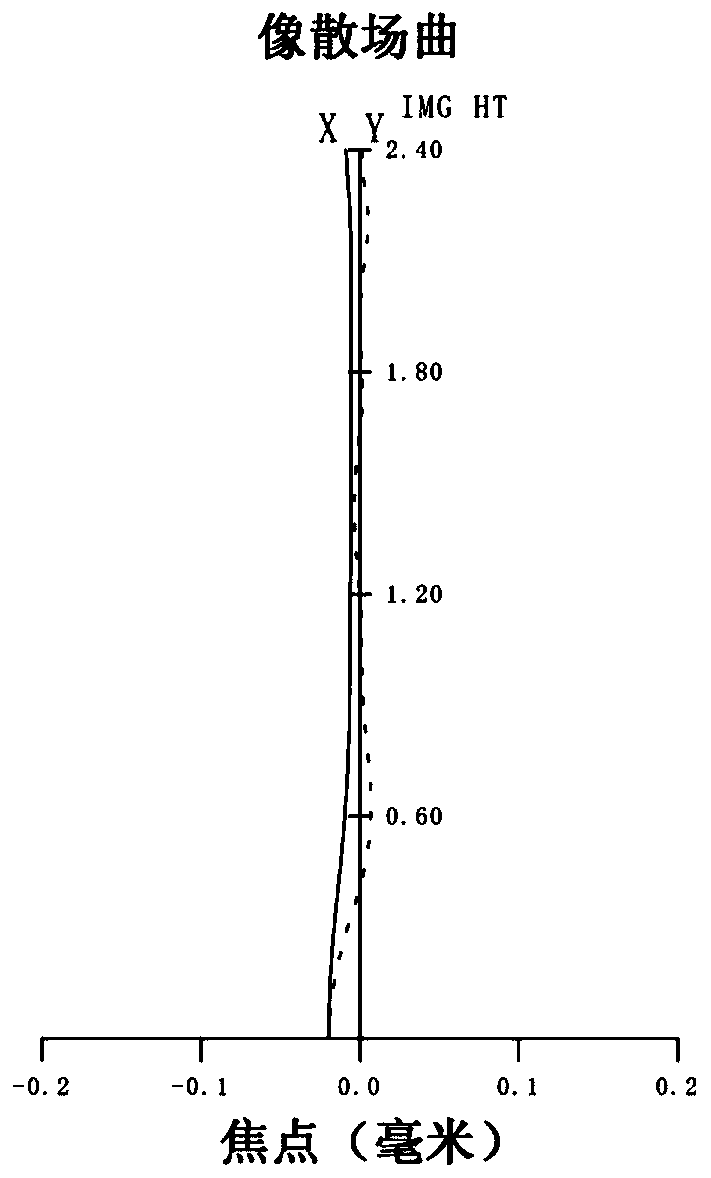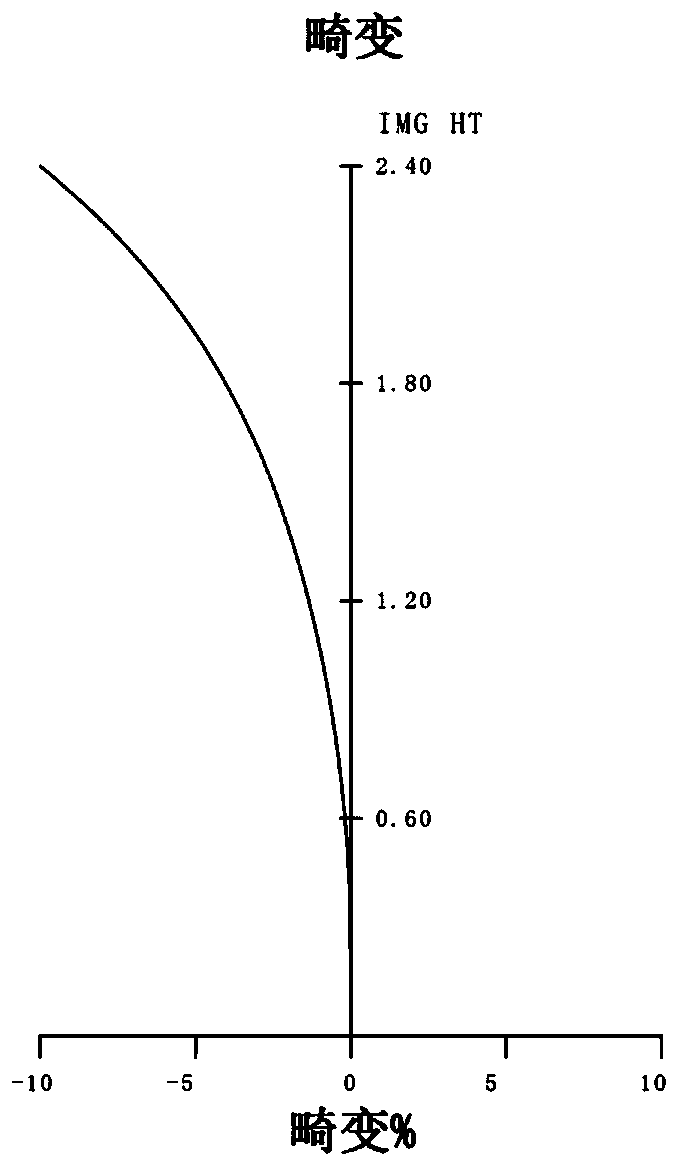Optical imaging lens
An optical imaging lens and lens technology, applied in optics, optical components, instruments, etc., can solve the problems of long optical total length and the inability of mobile phones to meet ultra-thin, and achieve the effect of shortening horizontal distance and vertical distance.
- Summary
- Abstract
- Description
- Claims
- Application Information
AI Technical Summary
Problems solved by technology
Method used
Image
Examples
Embodiment 1
[0065] Refer to the following Figure 1 to Figure 2C An optical imaging lens according to Embodiment 1 of the present application is described. figure 1 is a schematic diagram showing the structure of an optical imaging lens according to Embodiment 1 of the present application.
[0066] Such as figure 1 As shown, the optical imaging lens includes in sequence from the object side to the image side along the optical axis: the first lens E1, the first prism E2, the diaphragm STO, the second lens E3, the third lens E4, the fourth lens E5, the fifth lens Lens E6, second prism E7, filter E8.
[0067]The first lens E1 has negative refractive power, its object side S1 is concave, and its image side S2 is concave. The incident surface S3, reflective surface S4, and outgoing surface S5 of the first prism E2 are all spherical surfaces, and the reflective surface S4 forms an angle of 45° with the optical axis, so that the light incident perpendicular to the incident surface S3 of the f...
Embodiment 2
[0079] Refer to the following Figure 3 to Figure 4C An optical imaging lens according to Embodiment 2 of the present application is described. image 3 is a schematic diagram showing the structure of an optical imaging lens according to Embodiment 2 of the present application.
[0080] Such as image 3 As shown, the optical imaging lens includes in sequence from the object side to the image side along the optical axis: the first lens E1, the first prism E2, the diaphragm STO, the second lens E3, the third lens E4, the fourth lens E5, the fifth lens Lens E6, second prism E7, filter E8.
[0081] The first lens E1 has negative refractive power, its object side S1 is concave, and its image side S2 is concave. The incident surface S3, reflective surface S4, and outgoing surface S5 of the first prism E2 are all spherical surfaces, and the reflective surface S4 forms an angle of 45° with the optical axis, so that the light incident perpendicular to the incident surface S3 of the ...
Embodiment 3
[0091] Refer to the following Figure 5 to Figure 6C An optical imaging lens according to Embodiment 3 of the present application is described. Figure 5 is a schematic diagram showing the structure of an optical imaging lens according to Embodiment 3 of the present application.
[0092] Such as Figure 5 As shown, the optical imaging lens includes in sequence from the object side to the image side along the optical axis: the first lens E1, the first prism E2, the diaphragm STO, the second lens E3, the third lens E4, the fourth lens E5, the fifth lens Lens E6, second prism E7, filter E8.
[0093] The first lens E1 has negative refractive power, its object side S1 is concave, and its image side S2 is concave. The incident surface S3, reflective surface S4, and outgoing surface S5 of the first prism E2 are all spherical surfaces, and the reflective surface S4 forms an angle of 45° with the optical axis, so that the light incident perpendicular to the incident surface S3 of th...
PUM
 Login to View More
Login to View More Abstract
Description
Claims
Application Information
 Login to View More
Login to View More - R&D
- Intellectual Property
- Life Sciences
- Materials
- Tech Scout
- Unparalleled Data Quality
- Higher Quality Content
- 60% Fewer Hallucinations
Browse by: Latest US Patents, China's latest patents, Technical Efficacy Thesaurus, Application Domain, Technology Topic, Popular Technical Reports.
© 2025 PatSnap. All rights reserved.Legal|Privacy policy|Modern Slavery Act Transparency Statement|Sitemap|About US| Contact US: help@patsnap.com



